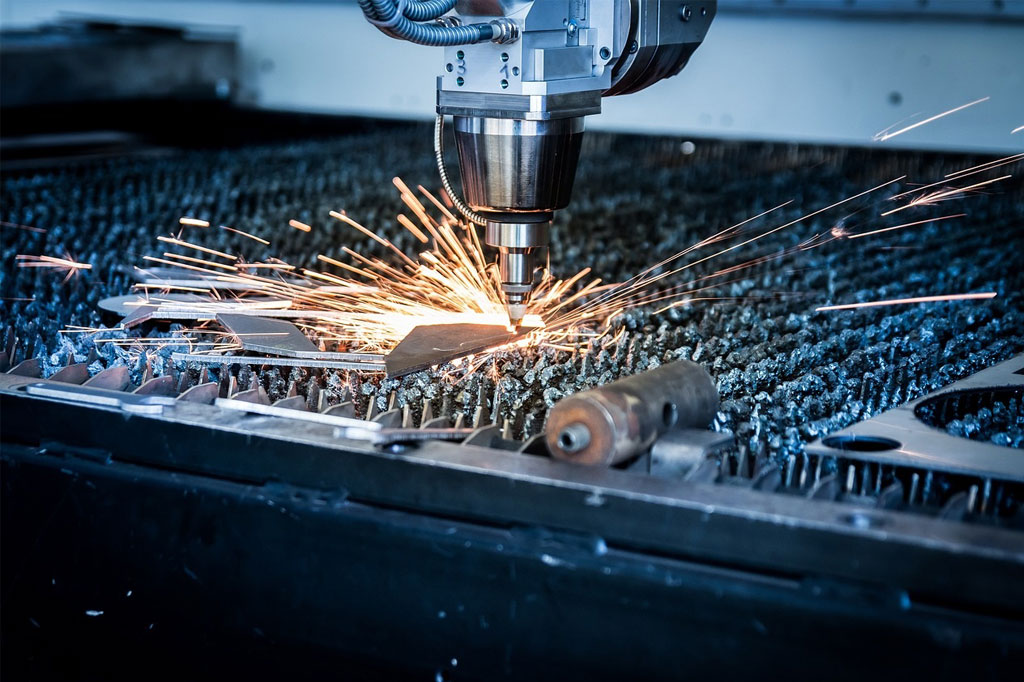Laser cutting is a versatile and efficient technique used in a variety of industries to create intricate designs and precise cuts.
The success of any laser cutting project depends significantly on the choice of metal. Each metal type offers unique properties that influence the quality, precision, and overall results of your project.
Whether you’re designing automotive components, architectural panels, or artistic displays, selecting the right metal is critical.
This guide will help you understand the factors to consider and the characteristics of different metals to ensure your project’s success.
Factors to Consider When Choosing Metal for Laser Cutting
1. Project Requirements
- Design Complexity: For intricate designs, you’ll need metals that can hold fine details without distortion or deformation.
- Finish: Some metals naturally provide a smoother finish, while others require post-processing to achieve a polished appearance.
2. Metal Thickness
The thickness of the metal affects laser compatibility and cutting speed. Thinner metals generally cut faster and require less laser power, whereas thicker metals demand high-power lasers and more cutting time.
3. Thermal Conductivity
Metals with high thermal conductivity dissipate heat quickly, which can reduce warping during laser cutting. For instance, aluminum’s high thermal conductivity makes it ideal for precision applications.
4. Material Strength and Hardness
Stronger, harder metals may require more laser power, affecting cutting efficiency. Aluminum, a softer metal, is easier to cut but may not provide the durability required for heavy-duty applications.
5. Budget
Cost is always a factor. While premium metals like titanium may offer excellent properties, their high cost might not suit every project. Balancing quality with affordability is key.
Best Metals for Laser Cutting
1. Stainless Steel
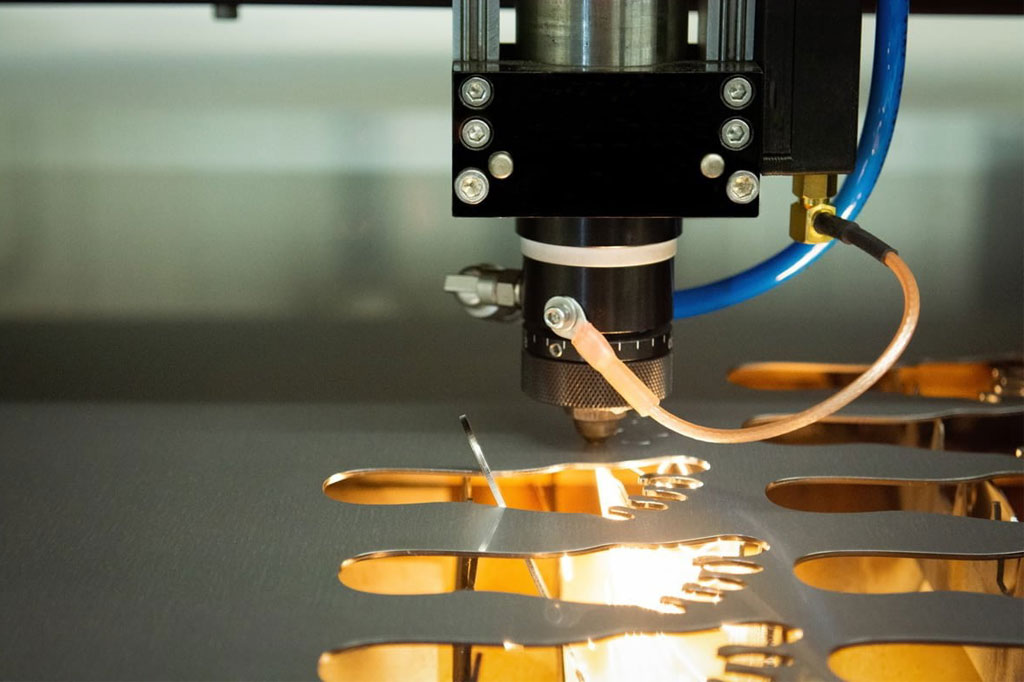
Stainless steel is a highly popular choice for laser cutting, valued for its versatility and excellent properties.
Advantages:
- Corrosion-resistant, making it ideal for outdoor and industrial uses.
- Offers a smooth finish, often eliminating the need for post-processing.
- Available in multiple grades to meet various requirements.
Applications:
- Kitchen equipment, medical devices, signage, and decorative elements.
2. Aluminum
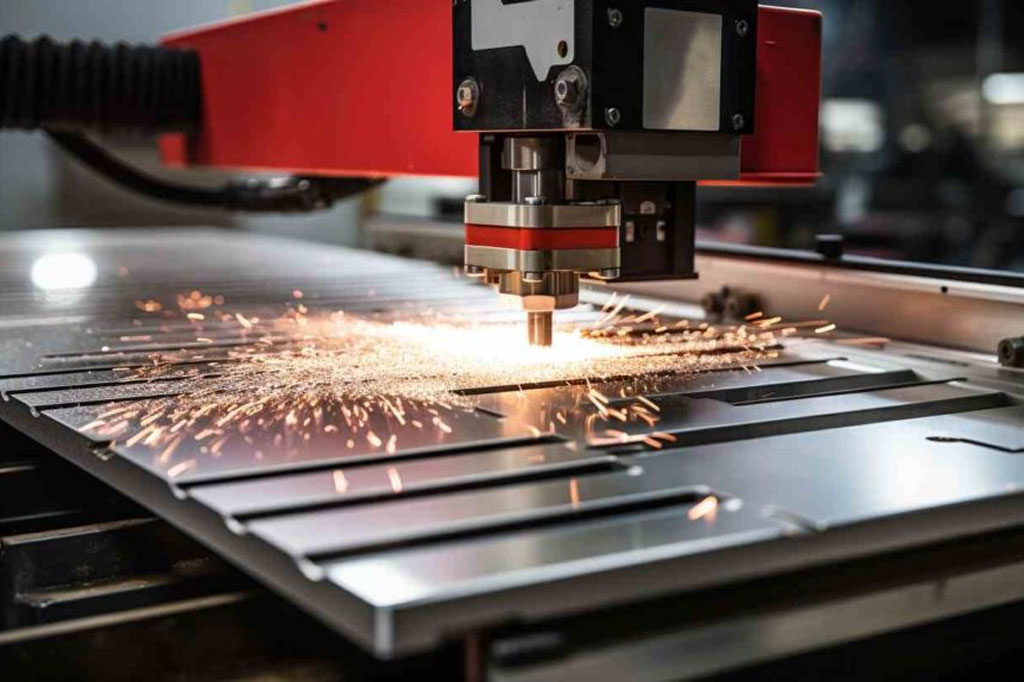
Aluminum, being lightweight and highly conductive, is another excellent option for laser cutting.
Advantages:
- Easy to cut, allowing for high precision in intricate designs.
- Non-corrosive and recyclable, ideal for sustainable projects.
Limitations:
- High reflectivity can pose challenges during laser cutting, requiring specialized equipment.
Applications:
- Automotive parts, aerospace components, and consumer electronics.
3. Carbon Steel
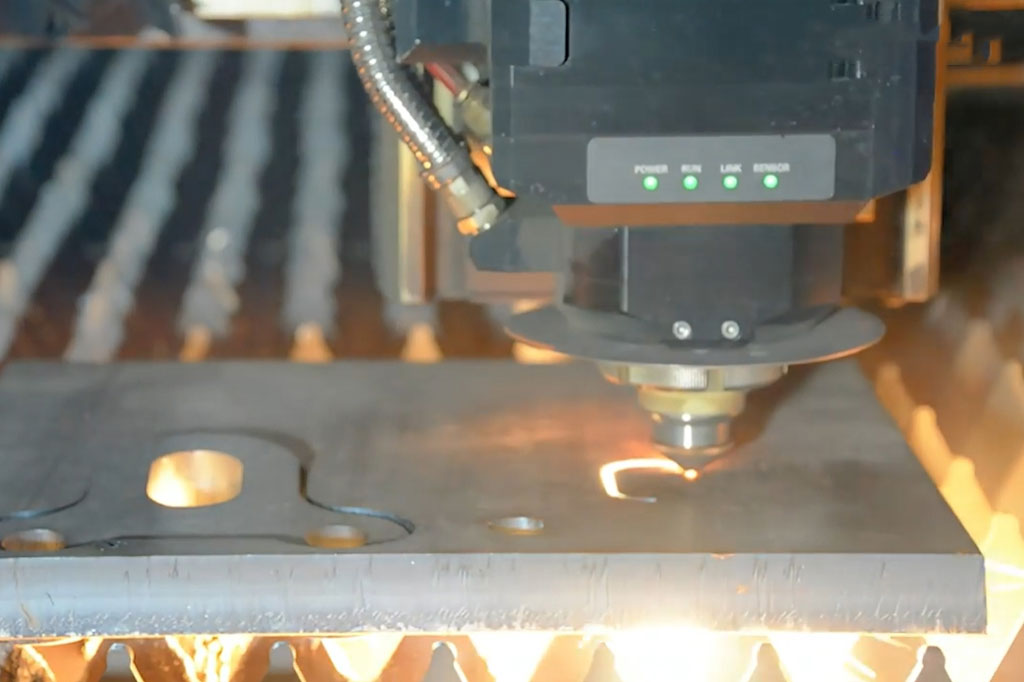
Carbon steel, known for its strength, durability, and cost-effectiveness, is a preferred choice for projects demanding reliable performance and robustness across various applications.
Advantages:
- Cost-effective compared to stainless steel and aluminum.
- High tensile strength, ideal for structural applications.
- Easy to weld, allowing for versatile applications.
Applications:
Construction equipment, machinery parts, and industrial tools.
4. Galvanized Steel
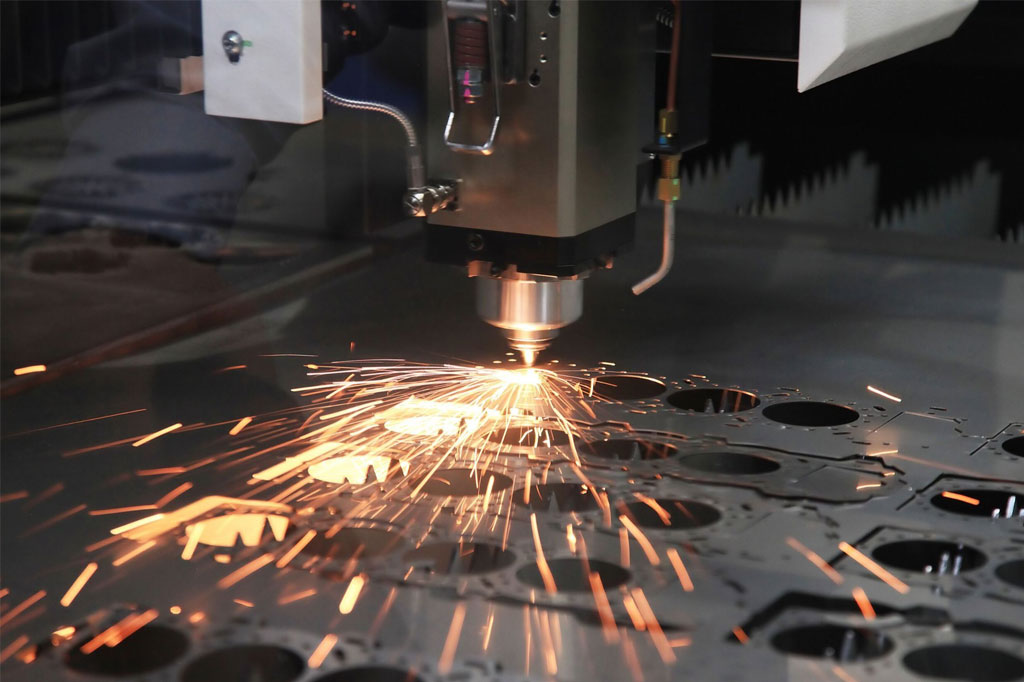
Galvanized steel, with its zinc coating, provides enhanced corrosion resistance compared to standard carbon steel.
Advantages:
- It is a cost-effective option for outdoor applications.
- Known for its durability, it performs well even in harsh environments.
Limitations:
- Zinc coating can produce fumes during cutting, requiring proper ventilation.
Applications:
- HVAC components, roofing panels, and fencing materials.
5. Copper and Brass
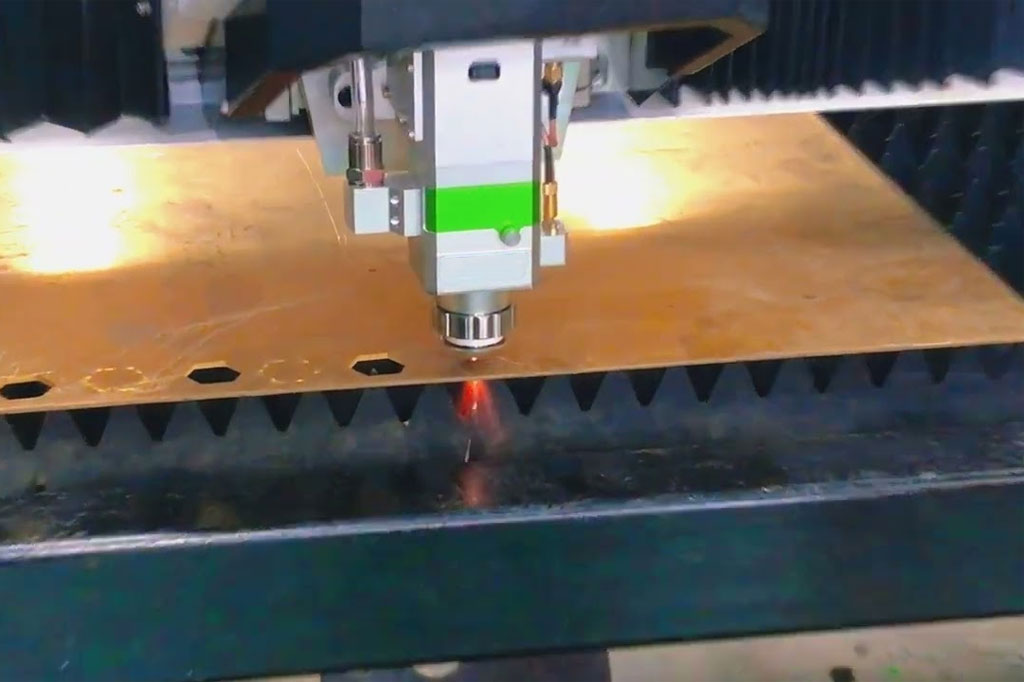
Copper and brass are highly regarded for their visual appeal and excellent electrical conductivity.
Advantages:
- Excellent for decorative applications due to their natural luster.
- High thermal and electrical conductivity.
Limitations:
- High reflectivity requires advanced laser cutting systems.
Applications:
- Jewelry, decorative panels, and electrical components.
6. Titanium
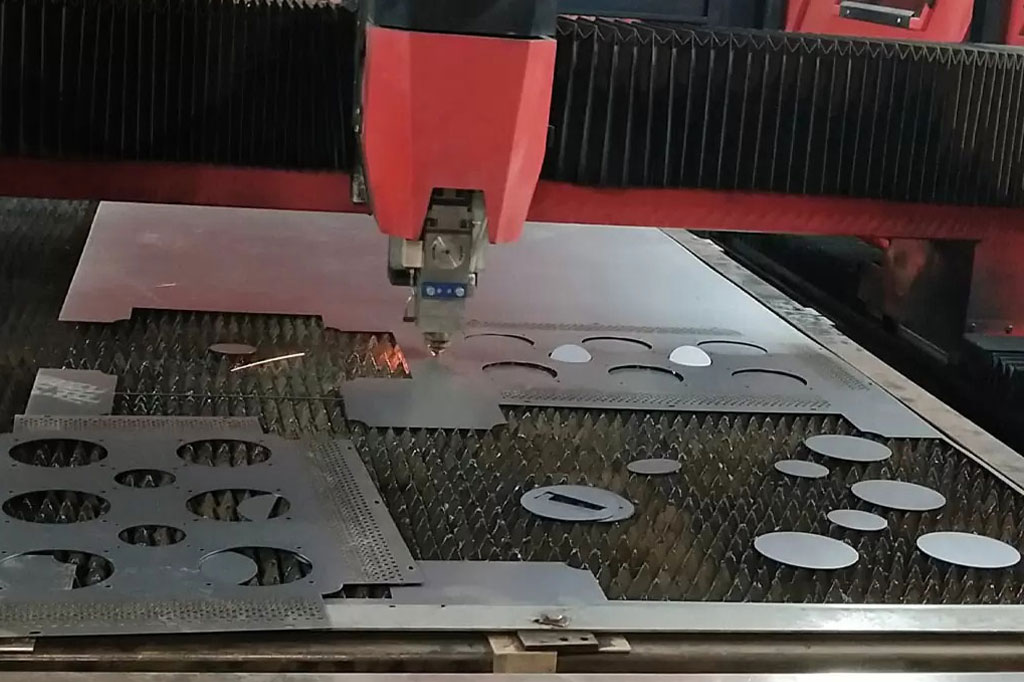
Titanium is a high-end material recognized for its remarkable strength-to-weight ratio and superior corrosion resistance.
Advantages:
- It is both extremely durable and lightweight.
- Well-suited for high-performance and critical applications.
Limitations:
- Expensive and requires precise handling.
Applications:
- Aerospace parts, medical implants, and high-end sports equipment.
Metal Properties and Their Impact on Laser Cutting
Reflectivity
Highly reflective metals like aluminum and copper can challenge laser cutting due to their tendency to reflect laser light. Specialized lasers, such as fiber lasers, are often used for these materials to minimize energy loss and achieve precise cuts.
Oxidation
Some metals oxidize during laser cutting, creating a discolored edge. To prevent oxidation during the cutting process, inert gases like nitrogen or argon are commonly used.
Heat Affected Zone (HAZ)
The heat affected zone refers to the area of the metal that experiences structural or compositional changes due to laser heat. Metals with high thermal conductivity, like aluminum, tend to have minimal HAZ, preserving the integrity of the cut.
Laser Cutting Techniques for Different Metals
CO₂ Lasers
- Ideal for cutting non-reflective metals like stainless steel and carbon steel.
- Cost-effective for large-scale projects.
Fiber Lasers
- Best for reflective metals like aluminum and copper.
- High efficiency and precision for complex designs.
Pulse Lasers
- Used for cutting thin metals or achieving micro-scale precision.
- Often employed in jewelry making and electronics manufacturing.
Tips for Selecting the Right Metal
1. Define Your Objectives
Determine whether your project prioritizes durability, aesthetics, or cost-effectiveness.
2. Consult Material Experts
Work with material suppliers or metal laser cutting professionals to choose metals that align with your project’s needs.
3. Consider Finishing Requirements
Metals like stainless steel offer a natural finish, while others may require post-processing for a polished appearance.
4. Test Prototypes
Before committing to large-scale production, test prototypes using your chosen metal to evaluate the results.

